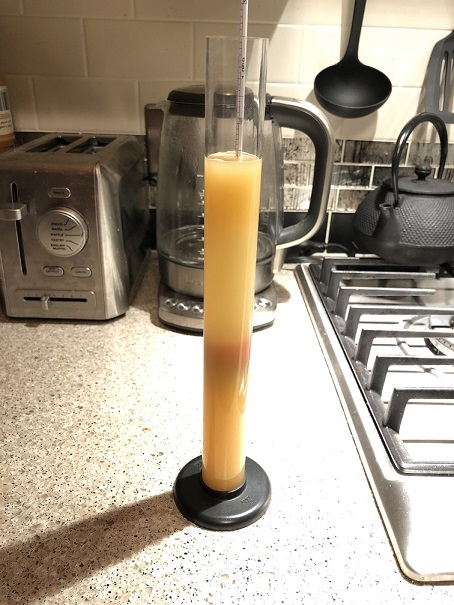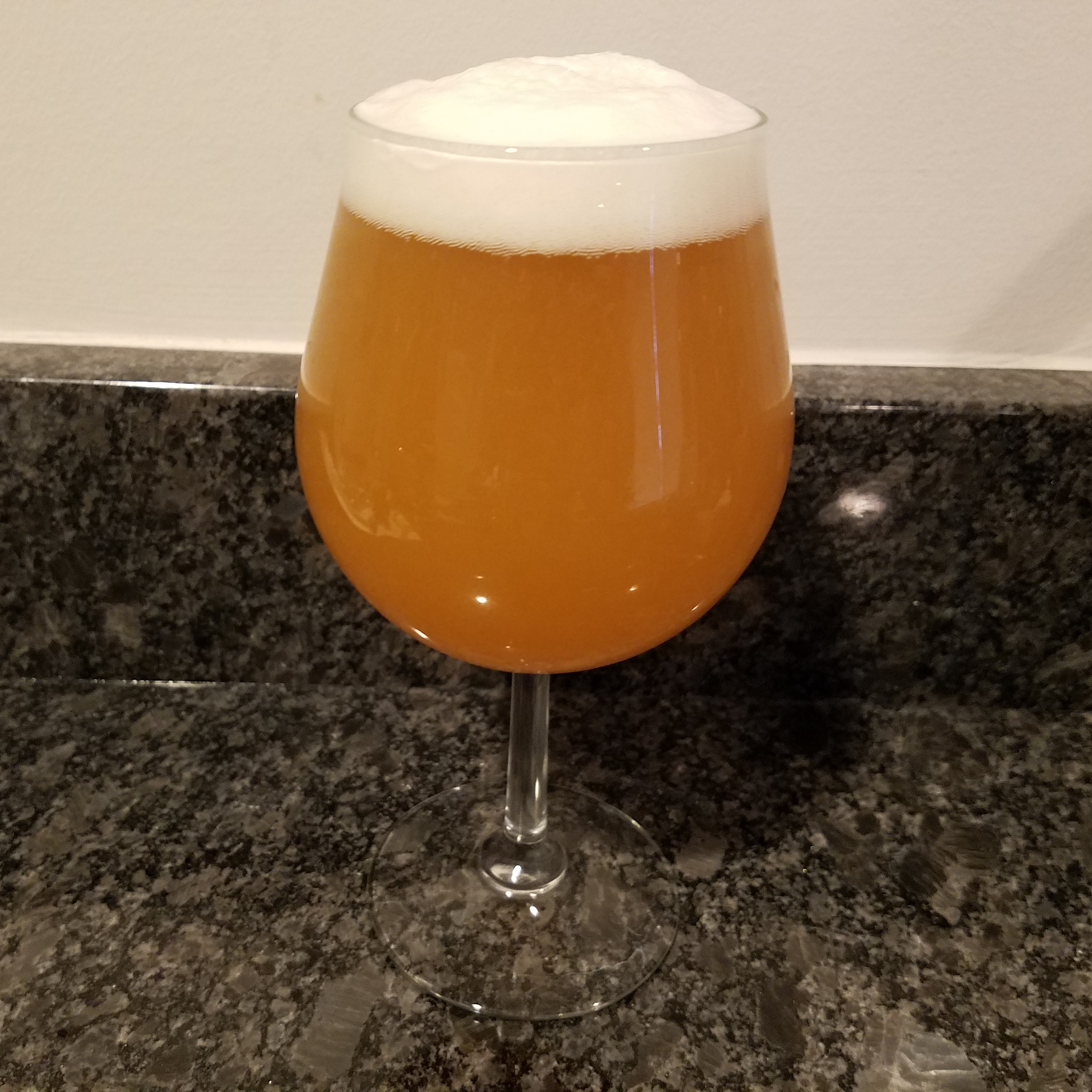beervoid
Hophead & Pellet Rubber
Think I found part of the answer in the book yeast.
"The one nutrient that yeast need, which is not present in wort due to boiling, is oxygen. During the lag phase, yeast cells rapidly absorb available oxygen from the wort. The cells need oxygen in order to produce important compounds, most significantly sterols, which are critical in yeast membrane permeability. It is important that you provide enough oxygen to the yeast at the beginning of fermentation. Generally, you do not want to add oxygen later, as it can disturb the delicate balance of flavor and aroma compound creation. One exception is when brewing very high-gravity, high-alcohol beers. In those cases, where the yeast need large reserves to ferment the beer to completion, a second addition of oxygen between 12 and 18 hours after pitching can make a tremendous difference in attenuating the beer to the desired level."
Big breweries handle this by automatic on-line monitoring but at a home level splashing about and stirring is probably enough for what we need. Oxygen is essential in the lag phase to allow some of the yeast to grow whilst other yeast is actually fermenting. Insufficent healthy yeast will drive the mechanism down a different pathway and you got all sorts of off flavours."
From what I can conclude its detrimental but it doesnt say if yeast will absorb/use oxygen later in the process.
"The one nutrient that yeast need, which is not present in wort due to boiling, is oxygen. During the lag phase, yeast cells rapidly absorb available oxygen from the wort. The cells need oxygen in order to produce important compounds, most significantly sterols, which are critical in yeast membrane permeability. It is important that you provide enough oxygen to the yeast at the beginning of fermentation. Generally, you do not want to add oxygen later, as it can disturb the delicate balance of flavor and aroma compound creation. One exception is when brewing very high-gravity, high-alcohol beers. In those cases, where the yeast need large reserves to ferment the beer to completion, a second addition of oxygen between 12 and 18 hours after pitching can make a tremendous difference in attenuating the beer to the desired level."
Big breweries handle this by automatic on-line monitoring but at a home level splashing about and stirring is probably enough for what we need. Oxygen is essential in the lag phase to allow some of the yeast to grow whilst other yeast is actually fermenting. Insufficent healthy yeast will drive the mechanism down a different pathway and you got all sorts of off flavours."
From what I can conclude its detrimental but it doesnt say if yeast will absorb/use oxygen later in the process.
Last edited:











































![Craft A Brew - Safale BE-256 Yeast - Fermentis - Belgian Ale Dry Yeast - For Belgian & Strong Ales - Ingredients for Home Brewing - Beer Making Supplies - [3 Pack]](https://m.media-amazon.com/images/I/51bcKEwQmWL._SL500_.jpg)















